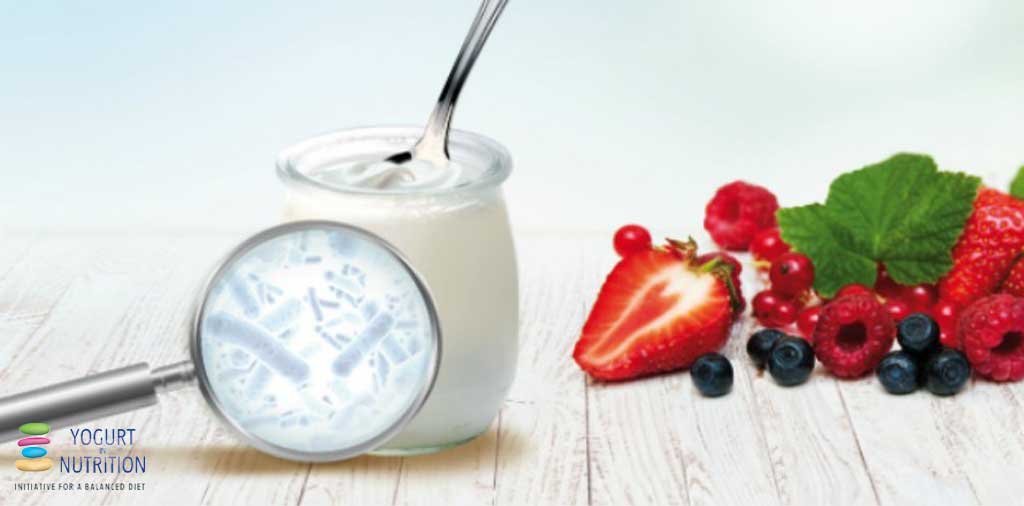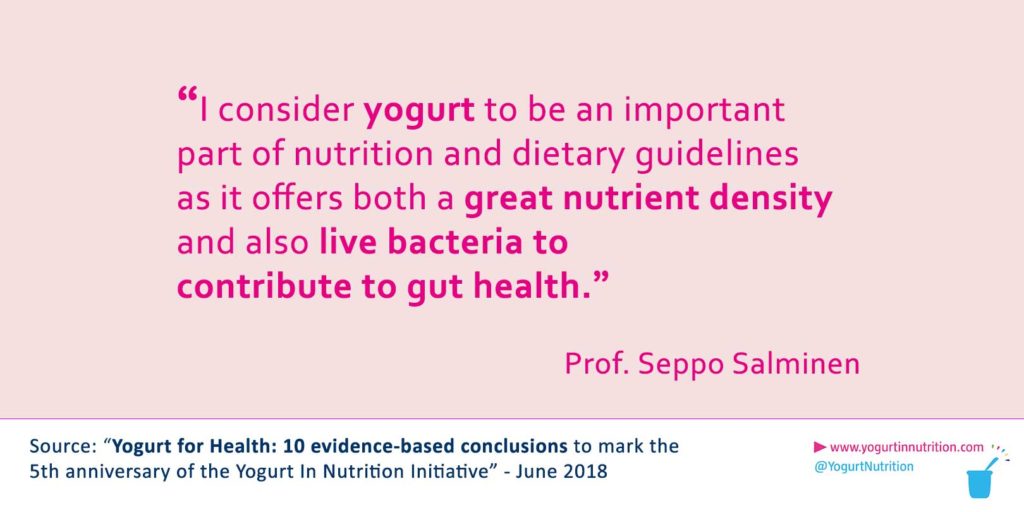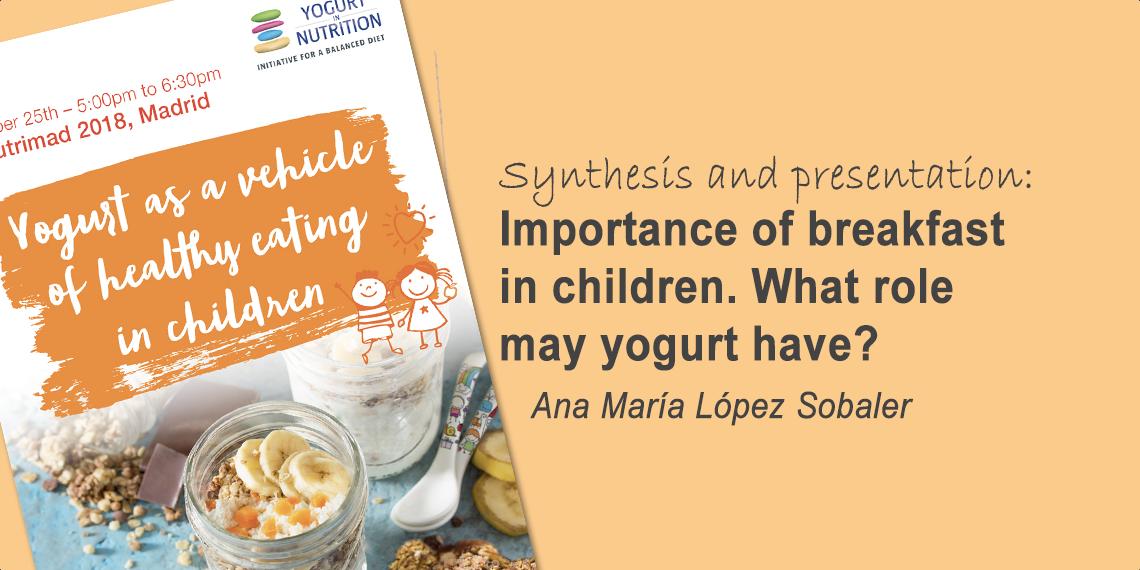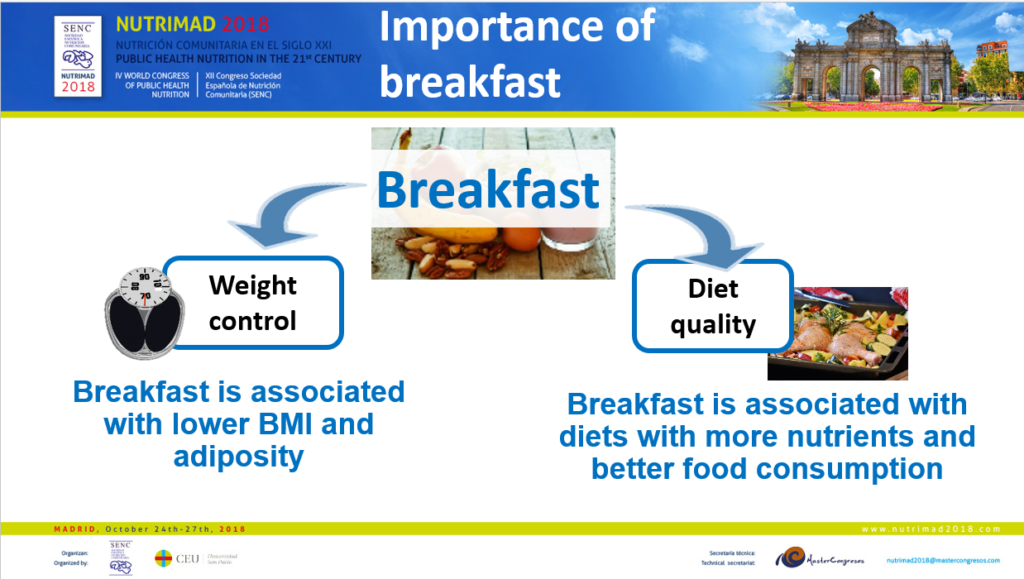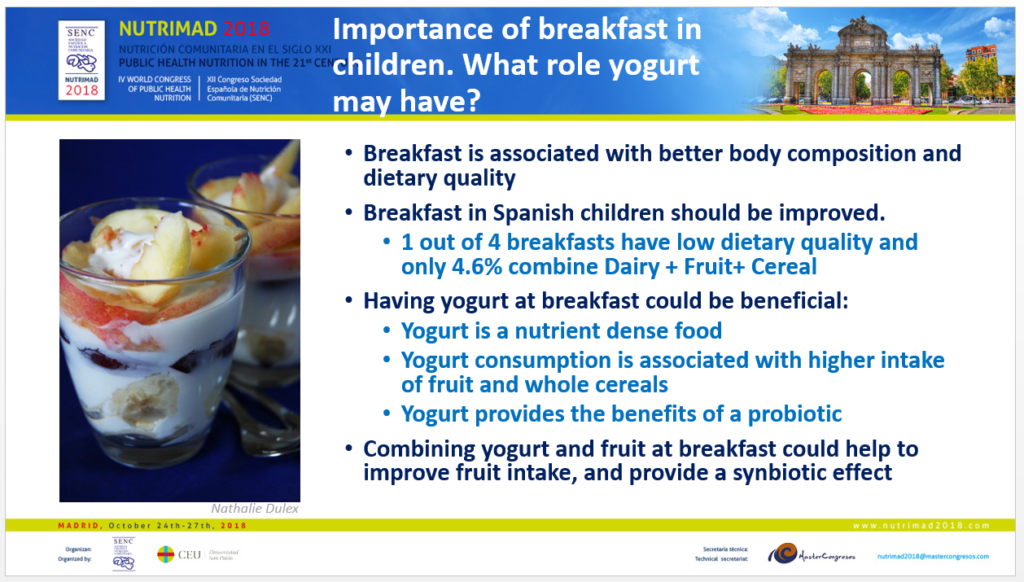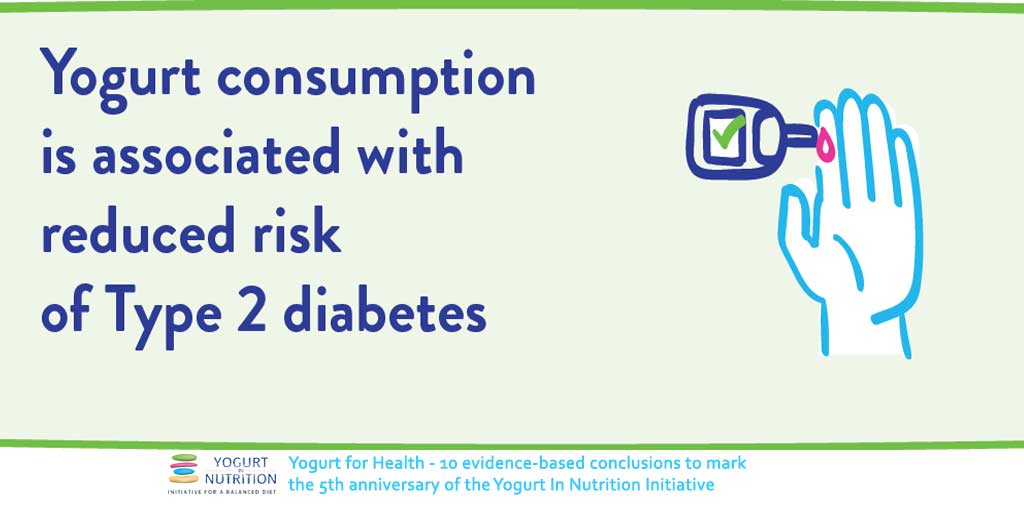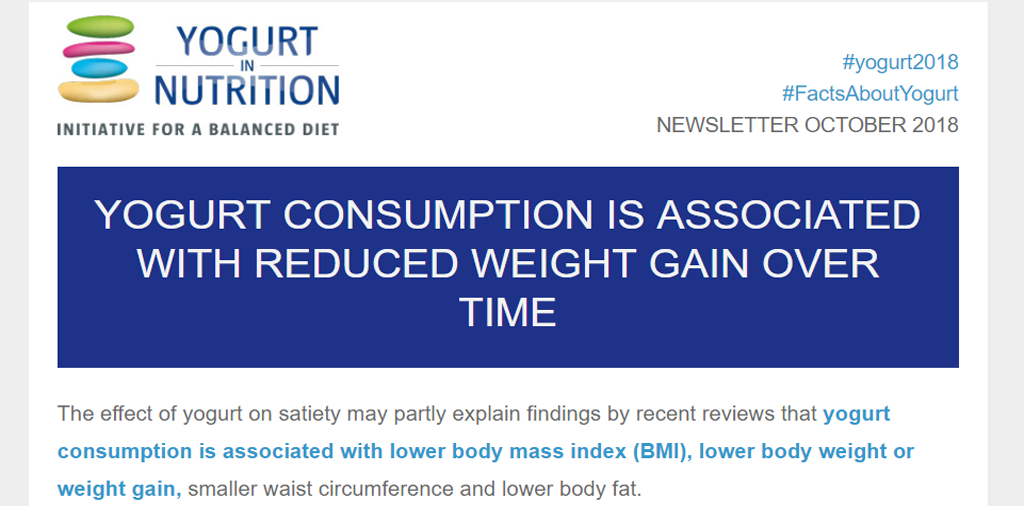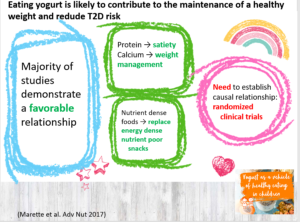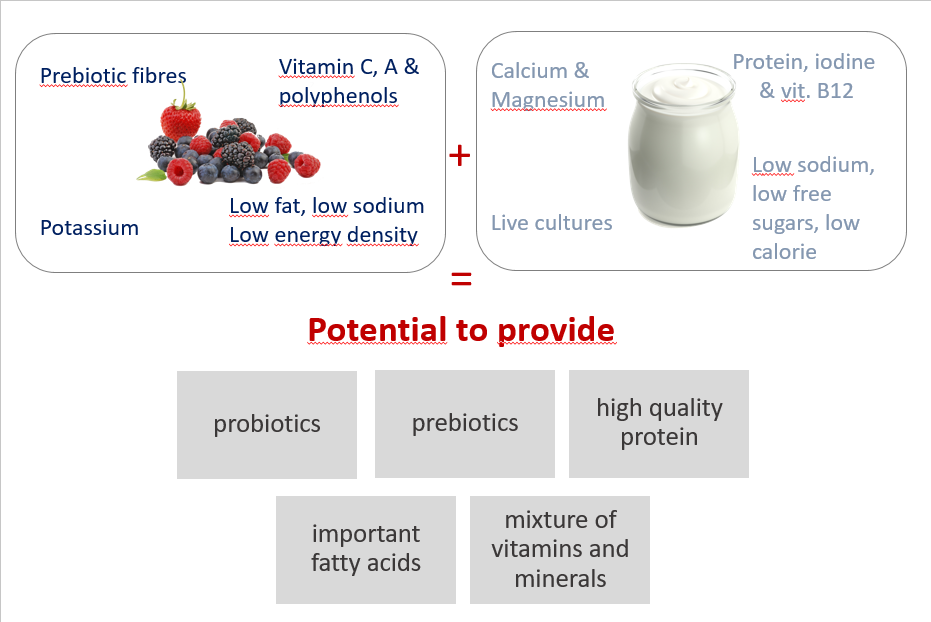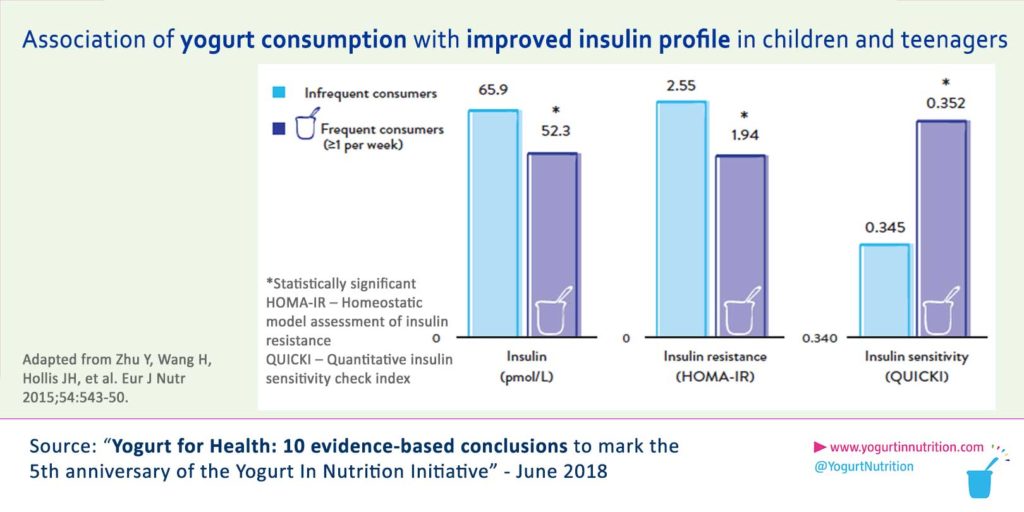If you’re put off by the thought of bacteria growing in your food, you wouldn’t be alone. But our views on bacteria in food are changing rapidly. While we want our food to be safe and free from disease-causing bugs, scientists are realising that certain live bacteria in foods such as yogurt can be good for our health. It could be time for yogurt to take a more prominent place in dietary guidelines, say the authors of this article.
Yogurt is mentioned in most food-based dietary guidelines alongside milk and other dairy products, but it may deserve special attention in its own right, say the authors. That’s because it’s one of the most biologically active foods we eat. Not only is it an excellent source of nutrients at relatively low-cost, but it also provides live bacteria, which have a positive effect on the health of the gut and may offer other health benefits. Together, these properties make yogurt an excellent contributor to a healthy diet that deserves greater attention in dietary recommendations, say the authors.
Dietary guidelines and consumption habits vary around the world
The amount of yogurt you’re likely to eat depends on what country you live in. In France, for example, most people eat a pot of yogurt every day, whereas in the USA over 90% of people don’t eat yogurt regularly.
Dietary recommendations also vary widely. Some countries provide general recommendations to consume milk and other dairy products daily, while others advise precise quantities that range from 2 to 3 servings/day of milk, yogurt or cheese. In Europe, some countries recommend yogurt as a good source of nutrients; others recognise the health benefits associated with the consumption of live microbes.
Yogurt is a great source of nutrients: the basis for dietary guidelines
Dairy products including yogurt provide us with a unique profile of nutrients. In particular, they give us vitamins D, A and E, and they’re also a good source of vitamins B2, B3 and B12. What’s more, the bacterial activity during the fermentation process used to make yogurt may increase the content of folates and other B vitamins.
Minerals in dairy products include phosphorous, magnesium, zinc, sodium, and potassium, and fermentation can make some of the minerals more available in our body. Yogurt and milk are among the best dietary sources of calcium, needed for healthy bones. The recommended daily intake of calcium for a healthy adult is around 1000 mg/day, and a pot of yogurt can provide 25% of this recommended amount.
Yogurt also contains high-quality proteins; as well as promoting growth and repair, yogurt proteins help ward off infection and have anti-oxidative and anti-tumour properties. The yogurt we buy in the shops tends to have a higher protein content than milk because dry milk solids are added during yogurt processing. The main proteins in yogurt are casein and whey, which appear to have several specific effects including helping to protect against infection and tumours.
Amino acids are the building blocks of proteins, and yogurt and other dairy products have a high content of ‘branched-chain’ amino acids and lysine. These complement the amino acids of certain other foods such as cereals and legumes, and so boost the value we get from their proteins when we eat them in the same meal.
Low-fat or high-fat?
There’s confusion about what type of dairy foods to eat. Although many guidelines recommend low-fat dairy foods, there’s still a lot of debate about whether they’re healthier than full-fat versions. Several studies have shown that eating more full-fat dairy foods is associated with a lower risk of obesity. The low-fat argument doesn’t seem to be based on actual evidence of health concerns, say the authors.
The fermentation process used to make yogurt causes an increase in certain types of milk fats (such as conjugated linoleic acid) and studies have suggested these may be linked to health-promoting activities, warranting further investigation.
Yogurt is a good dairy food for lactose intolerance
Some people find it difficult to digest lactose, the sugar naturally present in milk. During the yogurt-making process, lactic acid bacteria (LAB) break down lactose, meaning that yogurt contains less lactose than milk does. Live bacteria in yogurt also release the enzyme lactase in the intestine, which helps with lactose digestion.
That’s why in EU countries, yogurt has an approved health claim of being suitable for most people with lactose intolerance.
Live bacteria in yogurt are associated with other health benefits
Modern living with improved food hygiene and the use of antimicrobials has meant our exposure to bacteria has been dramatically reduced – a situation that experts believe is not necessarily good for us. As yogurt is generally made with live cultures, it provides us with live bacteria when we eat it. So it can help plug the gap in our intake of bacteria; in fact, we can increase the bacteria we ingest by 1000-fold simply by eating one cup of yogurt.
The helpful bacteria in yogurt are associated with lots of beneficial effects – especially when the yogurt is also used as a vehicle to deliver ‘good’ probiotic bacteria that can be added during manufacturing.
Typically, yogurt bacteria don’t take up residence in the gut, but as they pass through it, they interact with immune cells, nutrients from our diet, and the bacteria that are already living in our gut. This can improve our gut health. Research also shows that the lactic acid bacteria can kill off disease-causing bacteria (e.g. E. coli and Salmonella) and can make folate and vitamin B12, which are deficient in many populations all over the world. Yogurt has even been found to reduce the rate of the common cold in elderly people.
Good affordability means yogurt can help boost nutrition in poorer countries
The nutritional value of yogurt is high relative to its cost. In lower income countries, yogurt may provide a simple and affordable solution for improving nutrition. Local yogurt production schemes are already in place in some African countries. In Argentina, a sustainable project has been set up to combat malnutrition in children in what may be one of the largest interventions ever conducted in children.
‘… yogurt per se can be considered an excellent candidate for future food-based dietary guidelines providing good nutrient content, viable microbes and metabolites of the particular starter cultures used.’ – Gómez-Gallego et al, 2018.
This article is part of the published proceedings of the 2017 YINI Summit, organized in Buenos Aires during the International Congress of Nutrition on the “Yogurt, gut microbiome and health: from potential mechanisms to dietary recommendations“.
This article is published in Nutrition Review Supplement, Vol 76 (Supplement 1), Dec 2018



